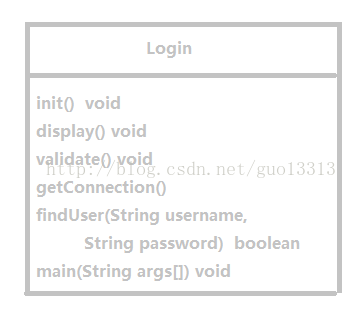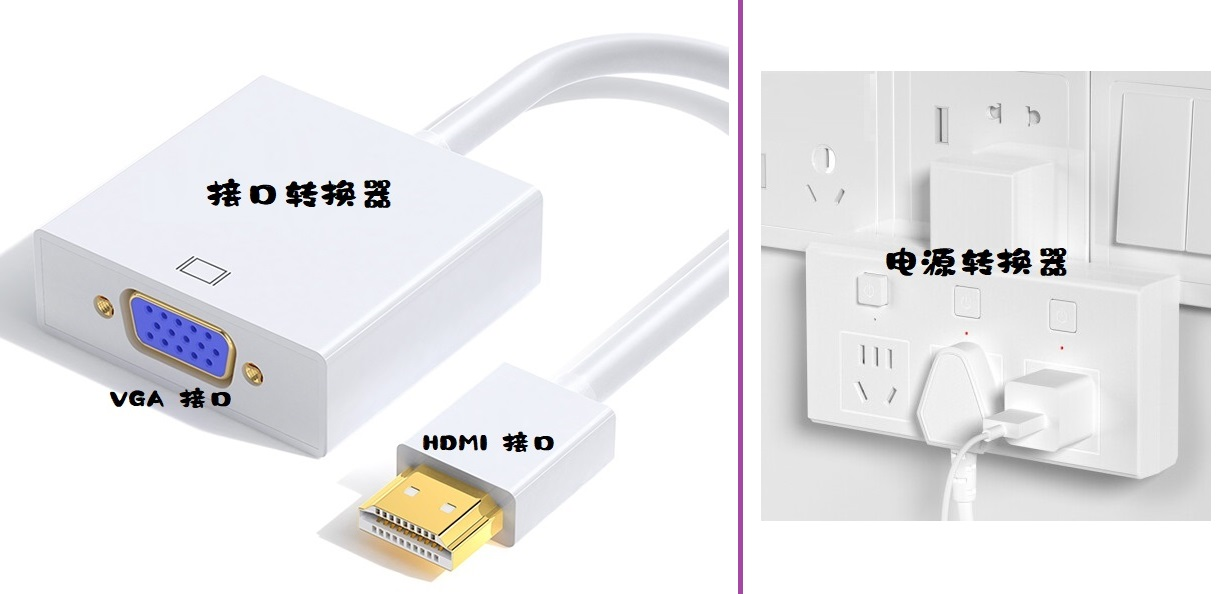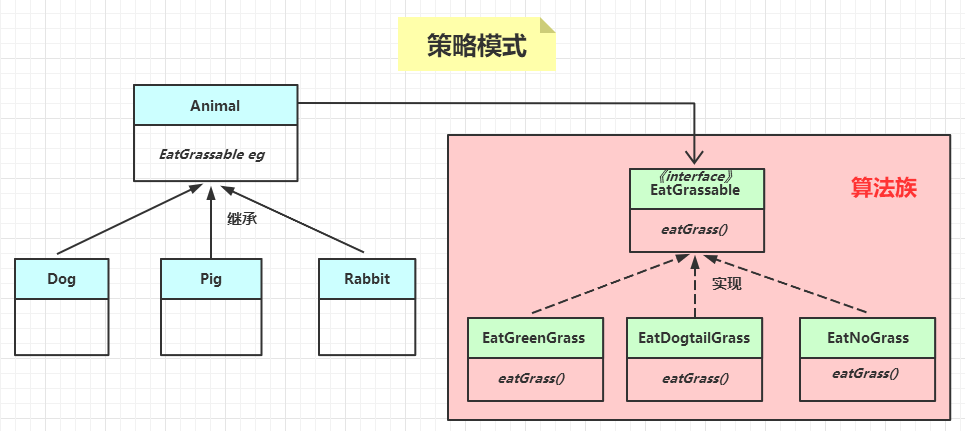在Postgresql/Greenplum数据库中,聚合函数有两种实现方式:HashAggregate与GroupAggregate。
我们现在通过一个最简单的sql来分析这两种聚合的区别以及其应用场景。
select count(1) from pg_class group by oid;
一、两种实现算法的比较:
-
HashAggregate
对于hash聚合来说,数据库会根据group by字段后面的值算出hash值,并根据前面使用的聚合函数在内存中维护对应的列表。如果select后面有两个聚合函数,那么在内存中就会维护两个对应的数据。同样的,有n个聚合函数就会维护n个同样的数组。对于hash算法来说,数组的长度肯定是大于group by的字段的distinct值的个数的,且跟这个值应该呈线性关系,group by后面的值越唯一,使用的内存也就越大。
执行计划如下:
aligputf8=# explain select count(1) from pg_class group by oid;
QUERY PLAN
----------------------------------------------------------------------
HashAggregate (cost=1721.40..2020.28 rows=23910 width=4)
Group By: oid
-> Seq Scan on pg_class (cost=0.00..1004.10 rows=143460 width=4)
Settings: enable_seqscan=on
(4 rows)
-
GroupAggregate
对于普通聚合函数,使用group聚合,其原理是先将表中的数据按照group by的字段排序,这样子同一个group by的值就在一起,这样就只需要对排好序的数据进行一次全扫描,就可以得到聚合的结果了。
执行计划如下:
aligputf8=# set enable_hashagg = off;
SET
aligputf8=# explain select count(1) from pg_class group by oid;
QUERY PLAN
----------------------------------------------------------------------------
GroupAggregate (cost=13291.66..14666.48 rows=23910 width=4)
Group By: oid
-> Sort (cost=13291.66..13650.31 rows=143460 width=4)
Sort Key: oid
-> Seq Scan on pg_class (cost=0.00..1004.10 rows=143460 width=4)
Settings: enable_hashagg=off; enable_seqscan=on
(6 rows)
从上面的两个执行计划的cost来说,GroupAggregate 由于需要排序,效率很差,消耗是HashAggregate的7倍。所以在GP里面,对于这种聚合函数的使用,采用的都是HashAggregate。
二、两种实现的内存消耗:
先建立一张测试表,并且往里面insert数据,通过每个字段的数据唯一性不一致,还有聚合函数的个数来观察HashAggregate与GroupAggregate在内存的消耗情况以及实际的计算时间的比较。
1.表结构如下:
create table test_group( id integer,col1 numeric,col2 numeric,col3 numeric,col4 numeric,col5 numeric,col6 numeric,col7 numeric,col8 numeric,col9 numeric,col11 varchar(100),col12 varchar(100),col13 varchar(100),col14 varchar(100) )distributed by(id);
2.插入数据,通过random函数,实现每个字段数据的唯一性不一样
aligputf8=# insert into test_group aligputf8-# select generate_series(1,100000),aligputf8-# (random()*200)::int,aligputf8-# (random()*800)::int,aligputf8-# (random()*1600)::int,aligputf8-# (random()*3200)::int,aligputf8-# (random()*6400)::int,aligputf8-# (random()*12800)::int,aligputf8-# (random()*40000)::int,aligputf8-# (random()*100000)::int,aligputf8-# (random()*1000000)::int,aligputf8-# 'hello',aligputf8-# 'welcome',aligputf8-# 'haha',aligputf8-# 'chen'; INSERT 0 100000
表大小为:
aligputf8=# select pg_size_pretty(pg_relation_size('test_group'));
pg_size_pretty
----------------
12 MB
(1 row)
3.使用explain analyze来观察实际数据库消耗的内存差异:
以下是底层单个节点来计算的,避免了广播的时间跟内存消耗
HashAggregate
aligputf8=# explain analyze select sum(col1),sum(col2),sum(col3),sum(col4),sum(col5),sum(col6),sum(col7),sum(col8),sum(col9) from test_group group by col5;
QUERY PLAN
----------------------------------------------------------------------------------------------------
HashAggregate (cost=4186.96..5432.88 rows=38336 width=62)
Group By: col5
Rows out: 6401 rows with 289 ms to first row,295 ms to end,start offset by 0.143 ms.
Executor memory: 2818K bytes.
-> Seq Scan on test_group (cost=0.00..1480.56 rows=108256 width=62)
Rows out: 100000 rows with 0.023 ms to first row,48 ms to end,start offset by 0.218 ms.
Slice statistics:
(slice0) Executor memory: 2996K bytes.
Settings: enable_seqscan=off
Total runtime: 296.283 ms
(10 rows)
GroupAggregate
aligputf8=# explain analyze select sum(col1),sum(col9) from test_group group by col5;
QUERY PLAN
----------------------------------------------------------------------------------------------------------
GroupAggregate (cost=10532.97..14755.93 rows=38336 width=62)
Group By: col5
Rows out: 6401 rows with 306 ms to first row,585 ms to end,start offset by 0.092 ms.
Executor memory: 8K bytes.
-> Sort (cost=10532.97..10803.61 rows=108256 width=62)
Sort Key: col5
Rows out: 100000 rows with 306 ms to first row,342 ms to end,start offset by 0.093 ms.
Executor memory: 19449K bytes.
Work_mem used: 19449K bytes.
-> Seq Scan on test_group (cost=0.00..1480.56 rows=108256 width=62)
Rows out: 100000 rows with 0.021 ms to first row,46 ms to end,start offset by 0.116 ms.
Slice statistics:
(slice0) Executor memory: 19623K bytes. Work_mem: 19449K bytes max.
Settings: enable_hashagg=off; enable_seqscan=off
Total runtime: 586.114 ms
(15 rows)
sql:
explain analyze select sum(col1),sum(col9) from test_group group by id;
| 9个聚合函数 |
|||||||||||
| group by字段 |
col1 |
col2 |
col3 |
col4 |
col5 |
col6 |
col7 |
col8 |
col9 |
id |
|
| HashAggregate |
Executor memory |
554K |
786K |
1074K |
1715K |
2996K |
5469K |
13691K |
21312K |
29428K |
29476K |
| 时间(ms) |
266 |
272 |
275 |
281 |
296 |
323 |
357 |
359 |
352 |
340 |
|
| GroupAggregate |
Executor memory |
19623K |
19623K |
19623K |
19623K |
19623K |
19623K |
19623K |
19623K |
19623K |
19615K |
| 时间(ms) |
500 |
533 |
547 |
568 |
589 |
609 |
636 |
652 |
649 |
387 |
sql:
| 27个聚合函数 |
|||||||||||
| group by字段 |
col1 |
col2 |
col3 |
col4 |
col5 |
col6 |
col7 |
col8 |
col9 |
id |
|
| HashAggregate |
Executor memory |
514K |
1299K |
2340K |
4405K |
8504K |
19687K |
69947K |
93859K |
106419K |
106876K |
| 时间(ms) |
504.91 |
511.03 |
523.36 |
559.85 |
616.94 |
937.73 |
1179.05 |
1395.56 |
1391.27 |
1391.14 |
|
| GroupAggregate |
Executor memory |
19687K |
19687K |
19687K |
19687K |
19687K |
19687K |
19687K |
19687K |
19687K |
19687K |
| 时间(ms) |
759.58 |
782.56 |
802.4 |
838.07 |
880.38 |
939.52 |
1104.75 |
1256.92 |
1365.61 |
1142 |
explain analyze select sum(col1),sum(col9),
max(col1),max(col2),max(col3),max(col4),max(col5),max(col6),max(col7),max(col8),max(col9),
avg(col1),avg(col2),avg(col3),avg(col4),avg(col5),avg(col6),avg(col7),avg(col8),avg(col9) from test_group group by id;
可以看出,对于GroupAggregate来说,消耗的内存基本上是恒定的,无论group by哪个字段。当聚合函数较少的时候,速度也相对较慢,但是相对稳定。
HashAggregate在少数聚合函数是表现优异,但是很多聚合函数,性能跟消耗的内存差异很明显。尤其是受group by字段的唯一性很明显,字段count(district)值越大,hash聚合消耗的内存越多,性能下降剧烈。
所以在sql中有大量聚合函数,group by 的字段由相对比较唯一的时候,应该用GroupAggregate,而不能用HashAggregate。
三、在GP4.1出现的sql报错:
在GP4.1中,之前出现过 有大量聚合函数,并且group by 的字段由相对比较唯一的sql报错如下:
ERROR:Unexpectedinternalerror:SegmentprocessreceivedsignalSIGSEGV
这个sql其实应该就是占用内存太多,进程被操作系统发出信号干掉导致的报错。
查看执行计划,发现是HashAggregate搞得鬼。一般来说,数据库会根据统计信息来选择HashAggregate或者是GroupAggregate,但是有可能统计信息不够详细或者sql太复杂而选错执行计划。
一般遇到这种问题,有两张办法:
1.拆分成多个sql来跑,减少HashAggregate使用的内存.
2.在跑sql之前,先执行enable_hashagg = off;将hash聚合参数关掉。强制不走HashAggregate,建议用这种。
下次如果再遇到这种sql报错,建议采用这种方法改一下脚本试一下。
注:当work_mem不够内存使用时:
aligputf8=# explain analyze select sum(col1),max(col1),avg(col1),avg(col9) from test_group group by id;
QUERY PLAN
----------------------------------------------------------------------------------------------------
HashAggregate (cost=15225.85..29783.06 rows=108256 width=66)
Group By: id
Rows out: 100000 rows with 722 ms to first row,1367 ms to end,start offset by 0.125 ms.
Executor memory: 32536K bytes.
Work_mem used: 32001K bytes.
Work_mem wanted: 106876K bytes to lessen workfile I/O.
100000 groups total in 32 batches; 1 overflows; 100000 spill groups.
Hash chain length 1.8 avg,20 max,using 74100 of 135168 buckets.
-> Seq Scan on test_group (cost=0.00..1480.56 rows=108256 width=66)
Rows out: 100000 rows with 0.016 ms to first row,51 ms to end,start offset by 0.142 ms.
Slice statistics:
(slice0) * Executor memory: 32697K bytes. Work_mem: 32001K bytes max,106876K bytes wanted.
Settings: enable_groupagg=off; enable_hashagg=on; enable_seqscan=off; work_mem=32000kB
Total runtime: 1391.138 ms
(14 rows)
当work_mem足够时:
QUERY PLAN ---------------------------------------------------------------------------------------------------- HashAggregate (cost=9058.48..17448.32 rows=108256 width=66) Group By: id Rows out: 100000 rows with 460 ms to first row,1014 ms to end,start offset by 0.120 ms. Executor memory: 110093K bytes. -> Seq Scan on test_group (cost=0.00..1480.56 rows=108256 width=66) Rows out: 100000 rows with 0.019 ms to first row,52 ms to end,start offset by 0.554 ms. Slice statistics: (slice0) Executor memory: 110271K bytes. Settings: enable_groupagg=off; enable_hashagg=on; enable_seqscan=off; work_mem=320000kB Total runtime: 1038.209 ms (10 rows)
版权声明:本文内容由互联网用户自发贡献,该文观点与技术仅代表作者本人。本站仅提供信息存储空间服务,不拥有所有权,不承担相关法律责任。如发现本站有涉嫌侵权/违法违规的内容, 请发送邮件至 dio@foxmail.com 举报,一经查实,本站将立刻删除。



















